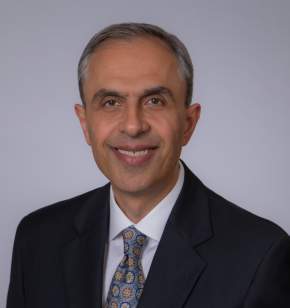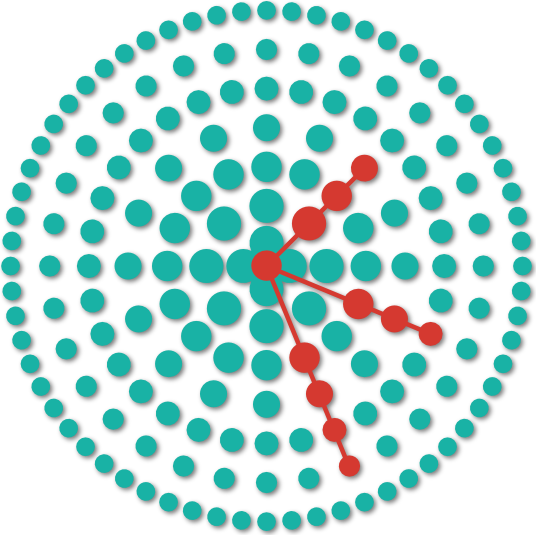Surgery for Pineal Tumors


When faced with the diagnosis of a pineal tumor, patients and their loved ones are often met with a whirlwind of emotions and questions. Understanding the surgical options and what to expect can provide some comfort during this challenging time.
Pineal tumors, while rare, can have significant effects on a person's health and well-being. This article aims to demystify the surgical treatment of pineal tumors, shedding light on the process, recovery, and potential side effects.
Understanding Pineal Tumors and Surgical Indications
Pineal tumors arise in the region of the pineal gland, a small endocrine gland in the brain that produces melatonin. These tumors can vary in type and malignancy, with some being benign pineal cysts and others being malignant pinealomas.
Surgery is considered when the tumor causes symptoms, such as headaches or vision problems, or if there's a risk of it affecting nearby brain structures. The goal of surgery is to remove the tumor or alleviate symptoms caused by pressure on the brain.
The ability to remove a pineal tumor depends on its size, location, and the presence of critical surrounding structures. Complete removal is often possible, but in some cases, only partial resection is safe.
Surgical Approaches to Pineal Tumors
When it comes to removing a pineal tumor, neurosurgeons have several pathways they may use to reach and remove the tumor safely. One common method involves going in from above the cerebellum, which is the part of the brain at the back of your head that helps with balance. This route is chosen to avoid disturbing too much of the brain and to get as close to the tumor as possible.
Another method involves making an approach from the back of the head, near the base of the skull. This pathway is also designed to minimize disruption to the brain by taking advantage of natural spaces between the brain structures.
The choice of method depends on the tumor's exact location and what will provide the safest and most effective way to remove it. The surgery can take several hours, and the neurosurgeon's aim is to remove the tumor while keeping all the important brain functions intact.
In certain situations, surgeons may opt for endoscopic techniques, which involve using a special tool called an endoscope. This thin, flexible instrument has a light and camera at the end, allowing surgeons to access and view the tumor through small incisions, rather than opening up a larger area of the skull.
This less invasive approach can lead to a quicker and more comfortable recovery period for the patient. With modern technology and surgical expertise, these procedures are becoming safer and more effective, giving patients the best possible outcomes.
Why should you have your surgery with Dr. Cohen?
Dr. Cohen
- 7,500+ specialized surgeries performed by your chosen surgeon
- More personalized care
- Extensive experience = higher success rate and quicker recovery times
Major Health Centers
- No control over choosing the surgeon caring for you
- One-size-fits-all care
- Less specialization
For more reasons, please click here.
Treatment for Pinealoma
Pinealomas, which are malignant tumors of the pineal gland, may require additional treatments beyond surgery, such as radiation therapy or chemotherapy. The treatment plan is tailored to the individual's needs, considering the tumor type and stage.
Pineal Cyst Treatment
Pineal cysts are often benign and may not require immediate surgery. Treatment is considered if the cyst is large or causing symptoms. In such cases, the surgical approach is similar to that for other pineal tumors, with a focus on minimizing risks and preserving the gland's function.
Risks and Complications
As with any brain surgery, there are risks involved. These can include bleeding, infection, and damage to surrounding brain tissue.
Specific to pineal gland surgery, there is a risk of developing Parinaud's syndrome, which affects eye movement and can cause double vision. However, modern surgical techniques and careful planning have significantly reduced these risks.
Recovery and Potential Side Effects
Recovery from pineal tumor surgery varies, with hospital stays ranging from a few days to a week, followed by several weeks of at-home recovery. The side effects can include changes in sleep patterns, due to the pineal gland's role in regulating sleep, or temporary problems with coordination and balance.
As you embark on this journey, remember that each step taken is towards better health and quality of life. The care team is there to support you, armed with the knowledge and compassion to guide you through the process of treating a pineal tumor.
Key Takeaways
- Pineal tumors are often surgically removed to relieve symptoms and protect brain function.
- Surgical techniques are chosen to minimize brain disruption, based on tumor location.
- Endoscopic methods may offer a less invasive option with potentially quicker recovery.
- Recovery includes a hospital stay followed by at-home recuperation, with times varying by patient.
- Risks, such as bleeding, infection, or eye movement issues, are increasingly well-managed with modern techniques; additional treatments may be needed for malignant tumors.











